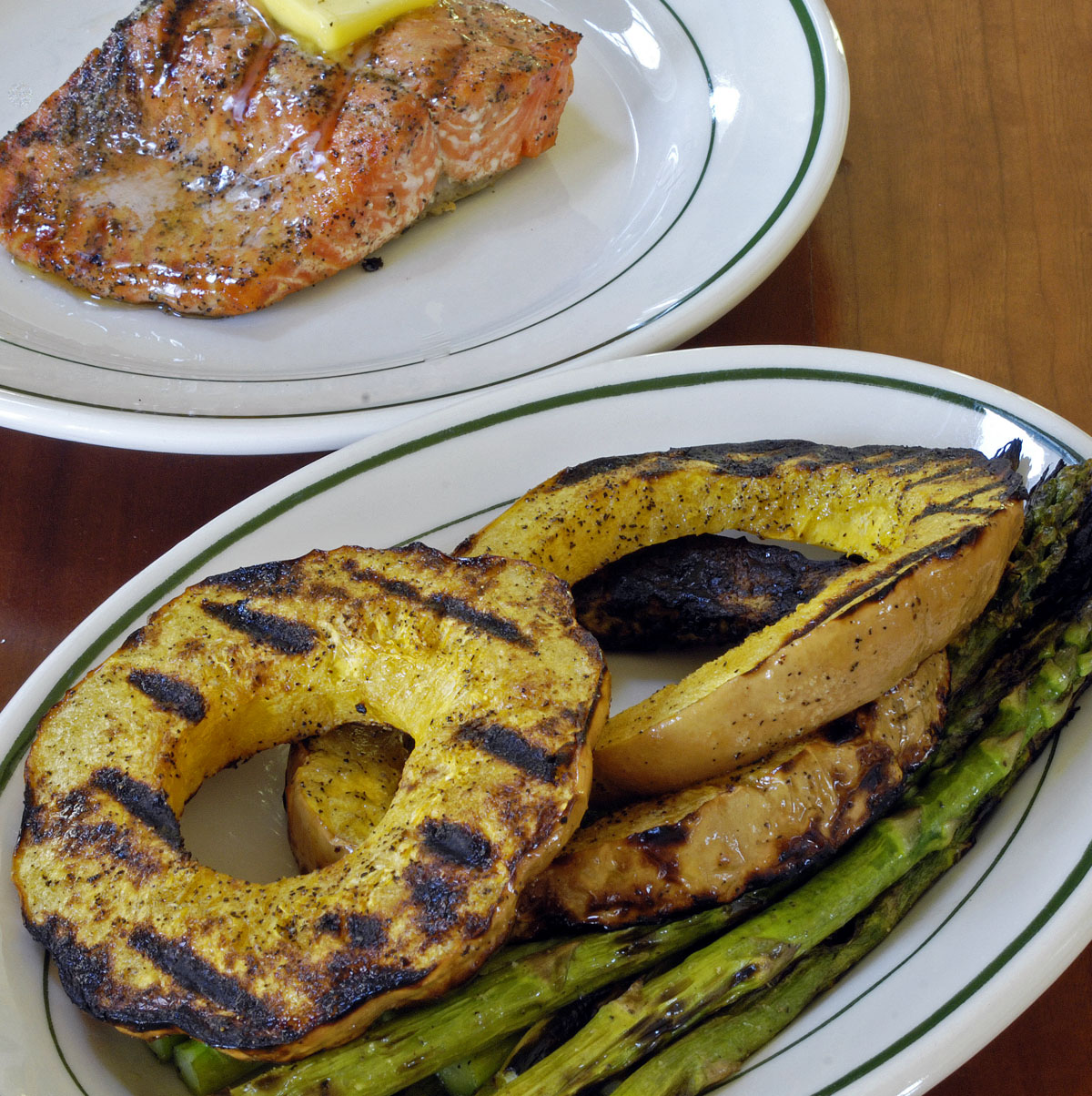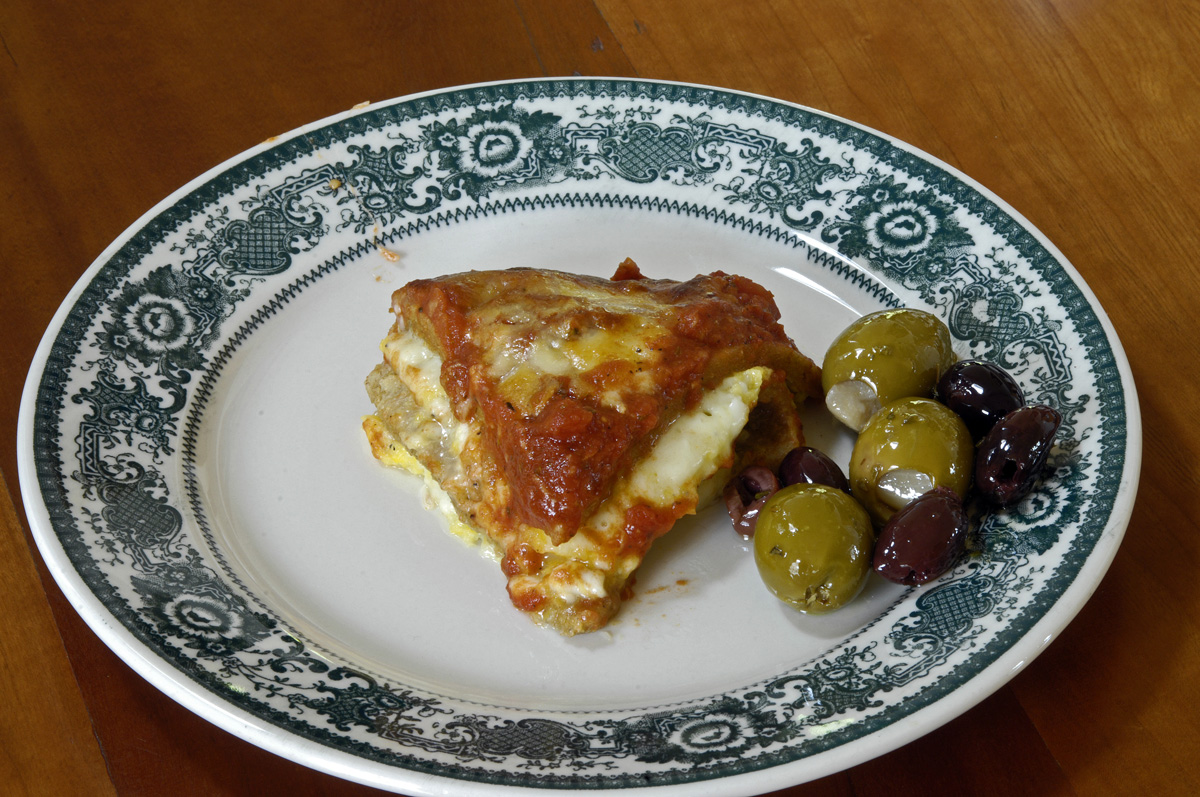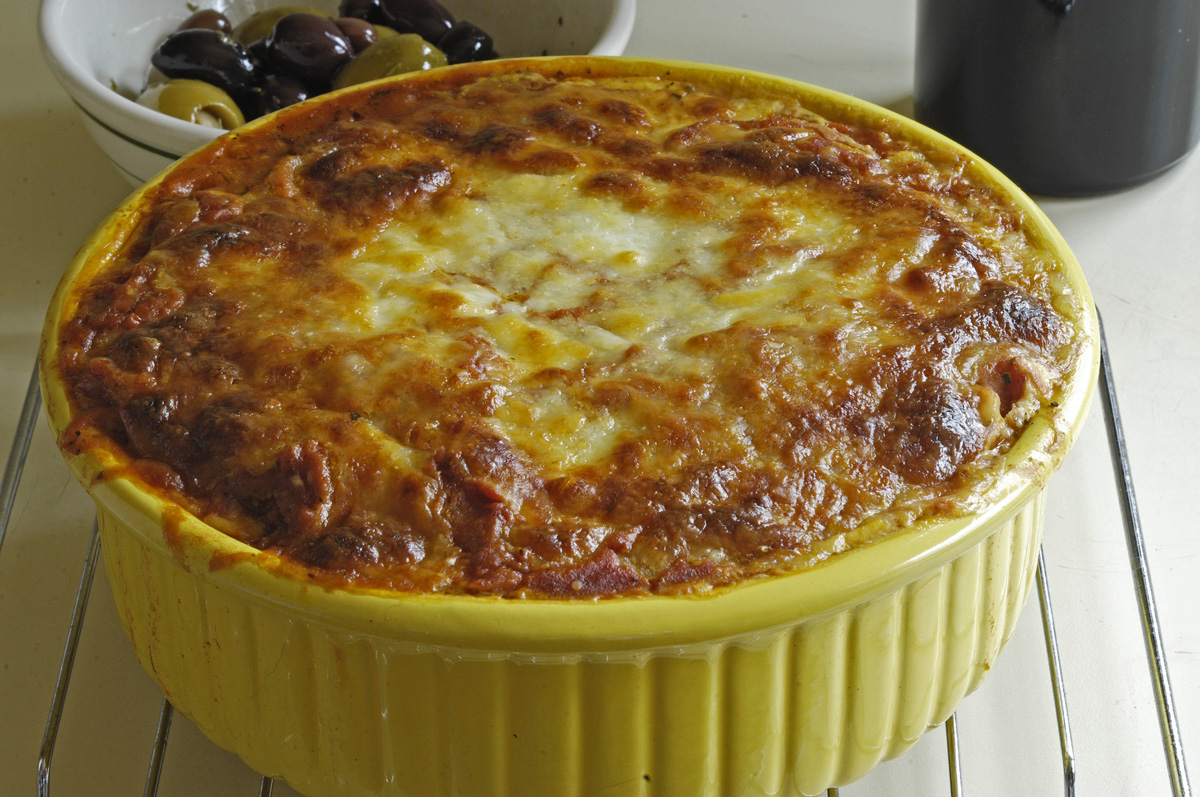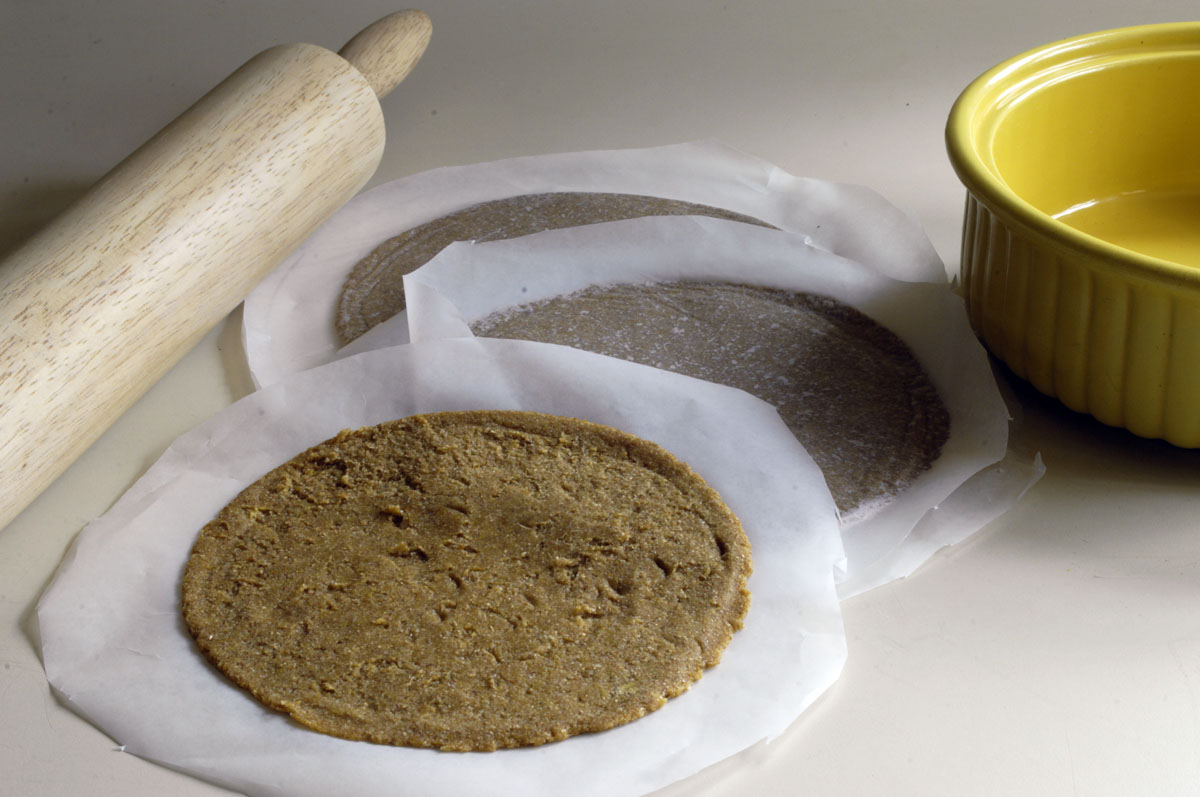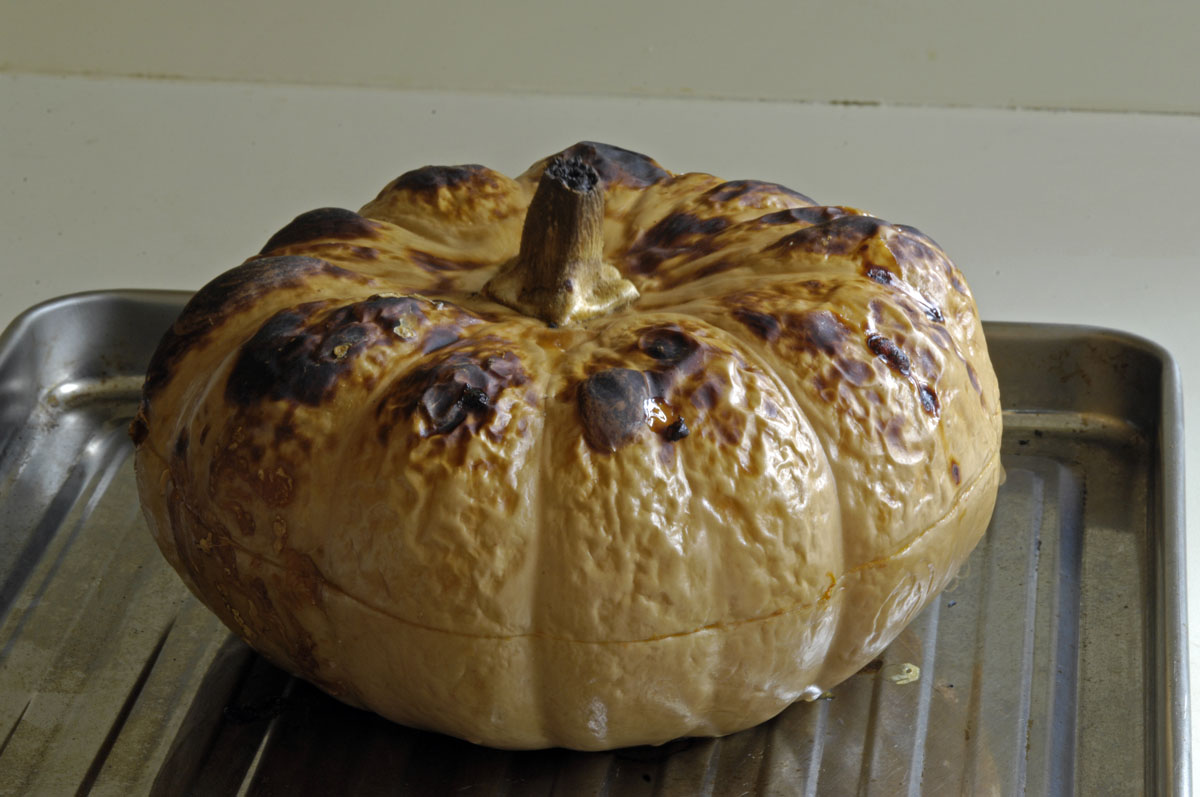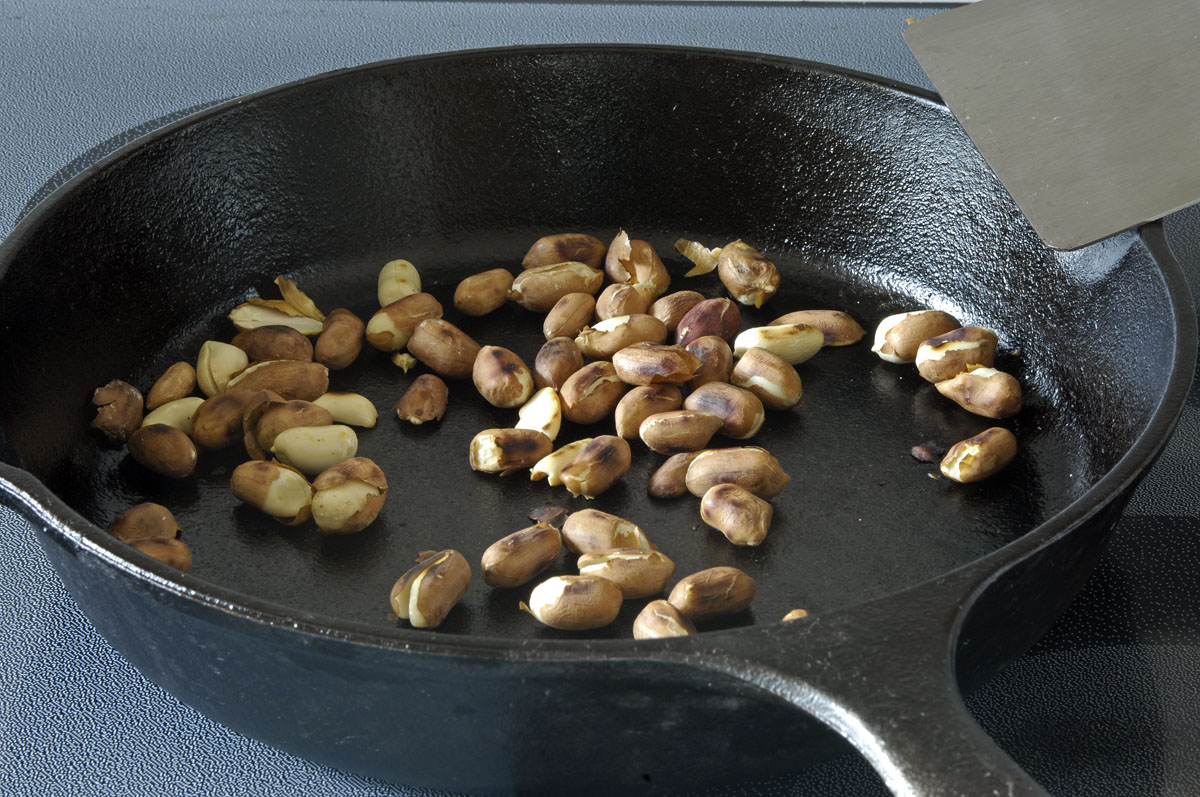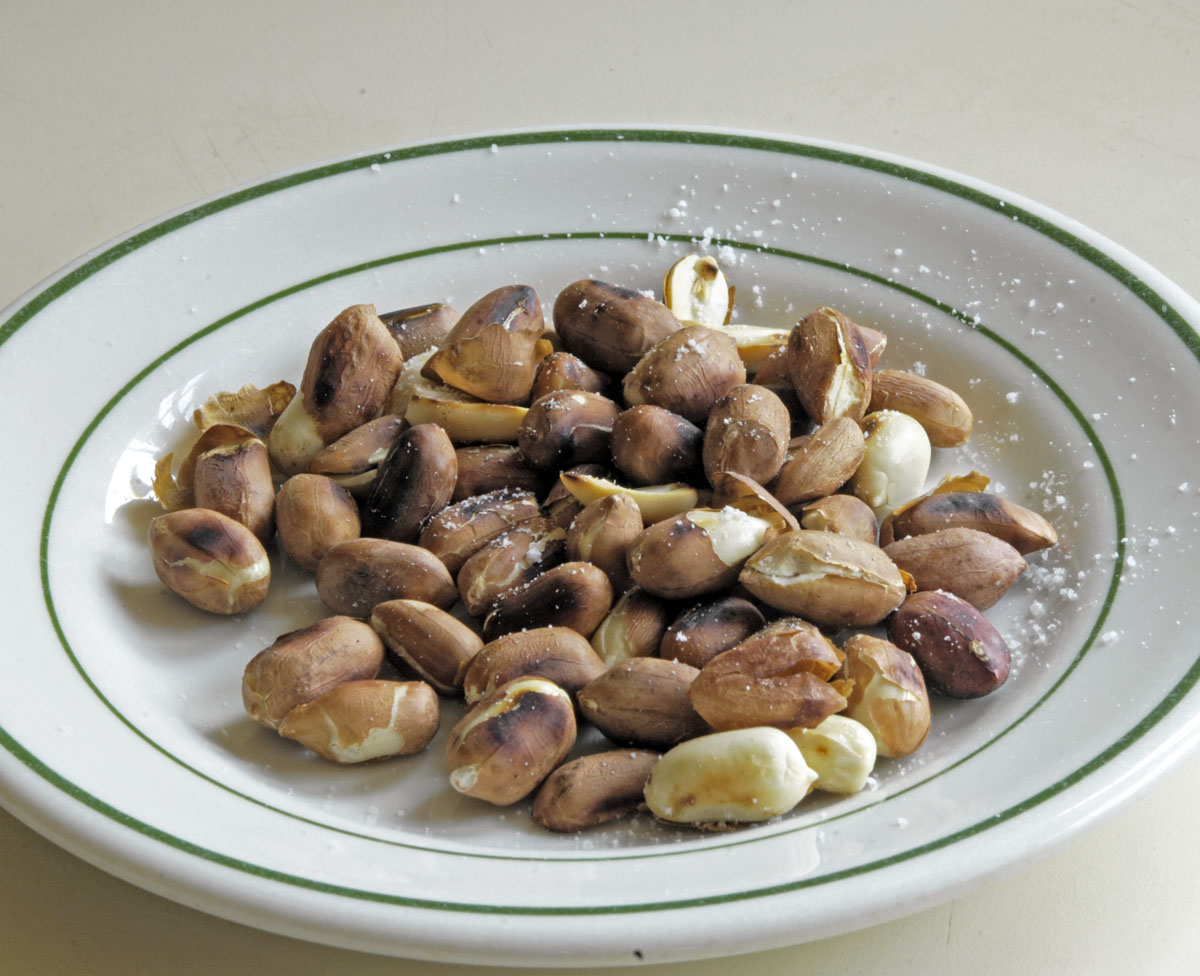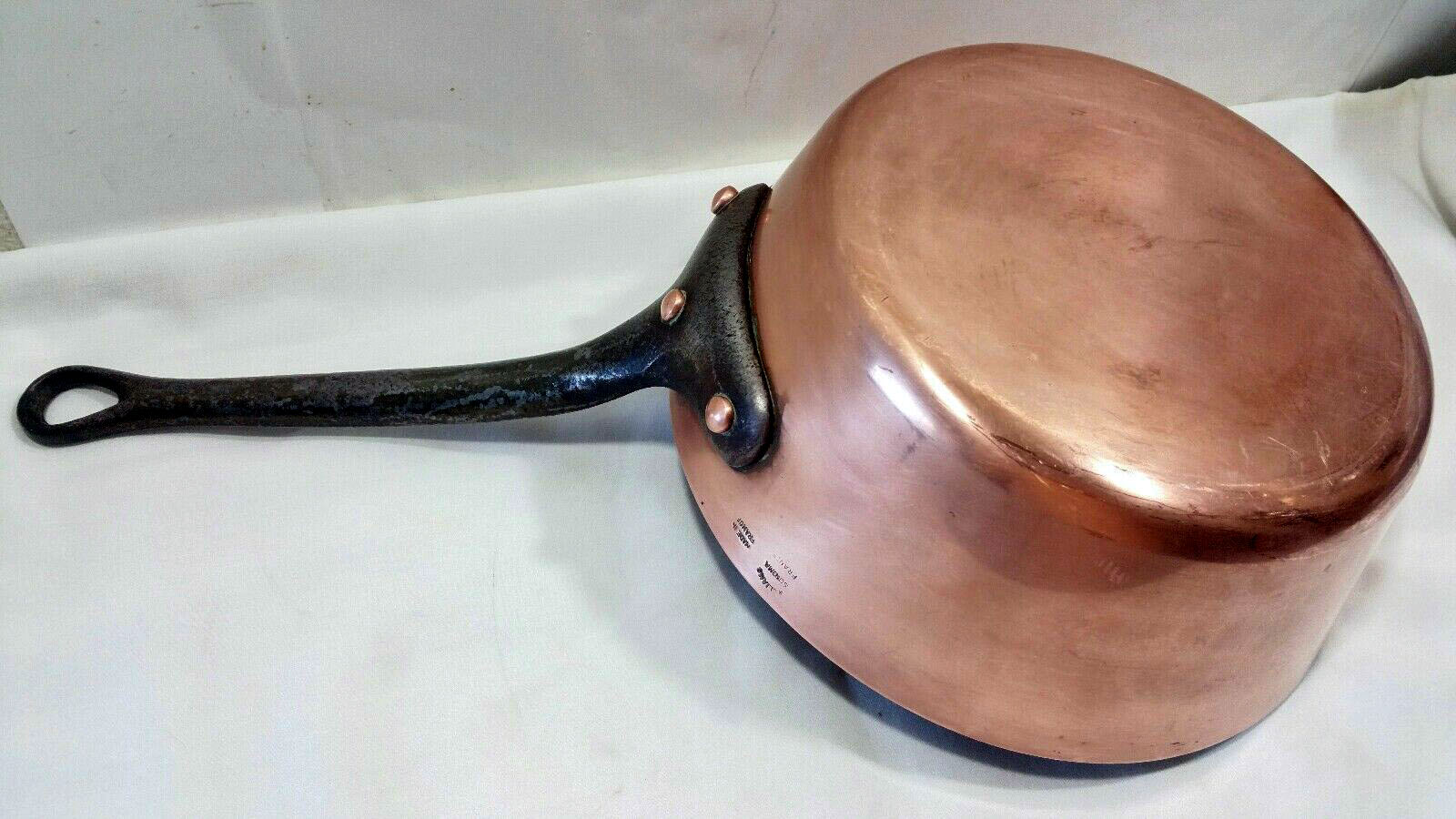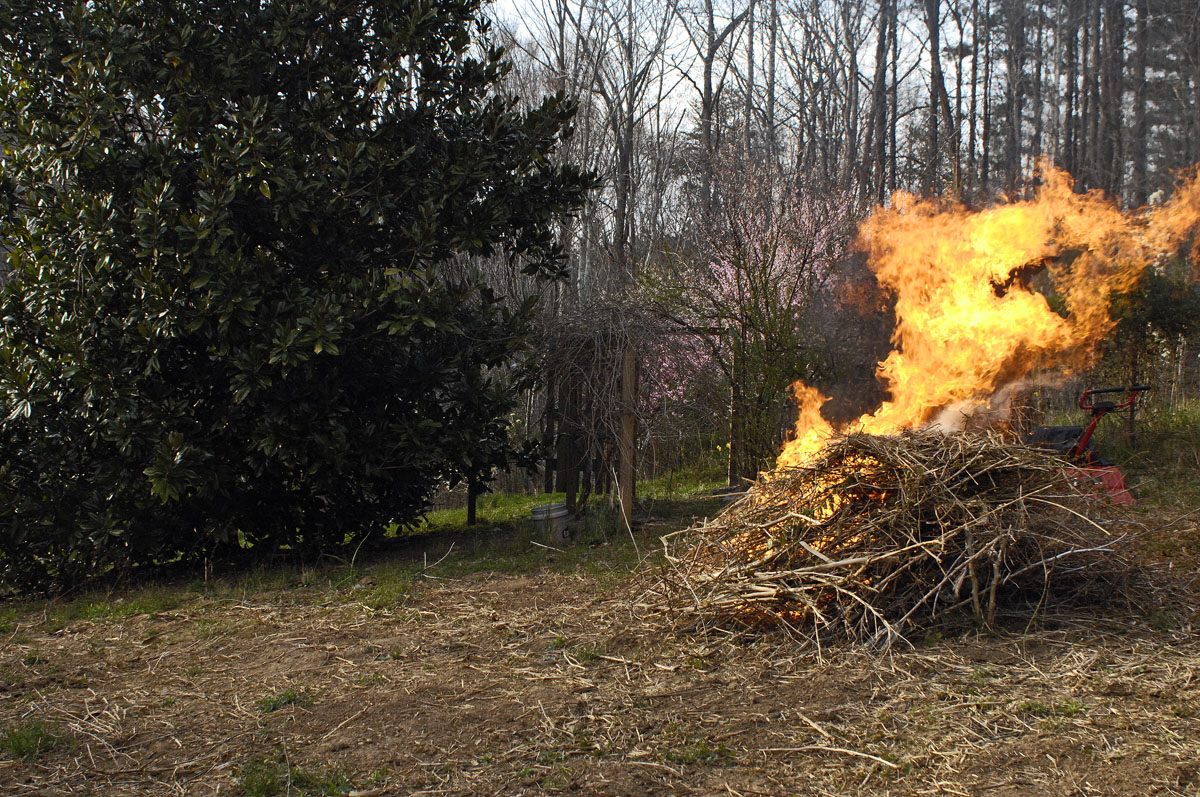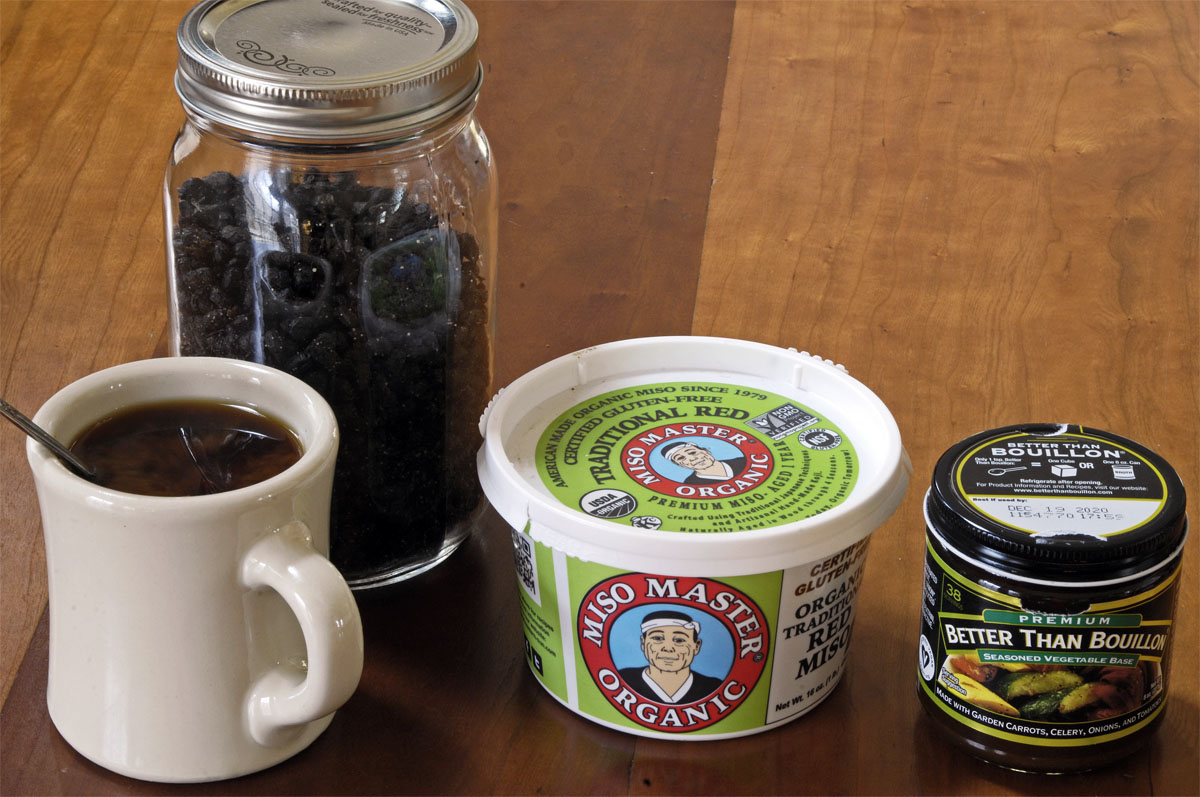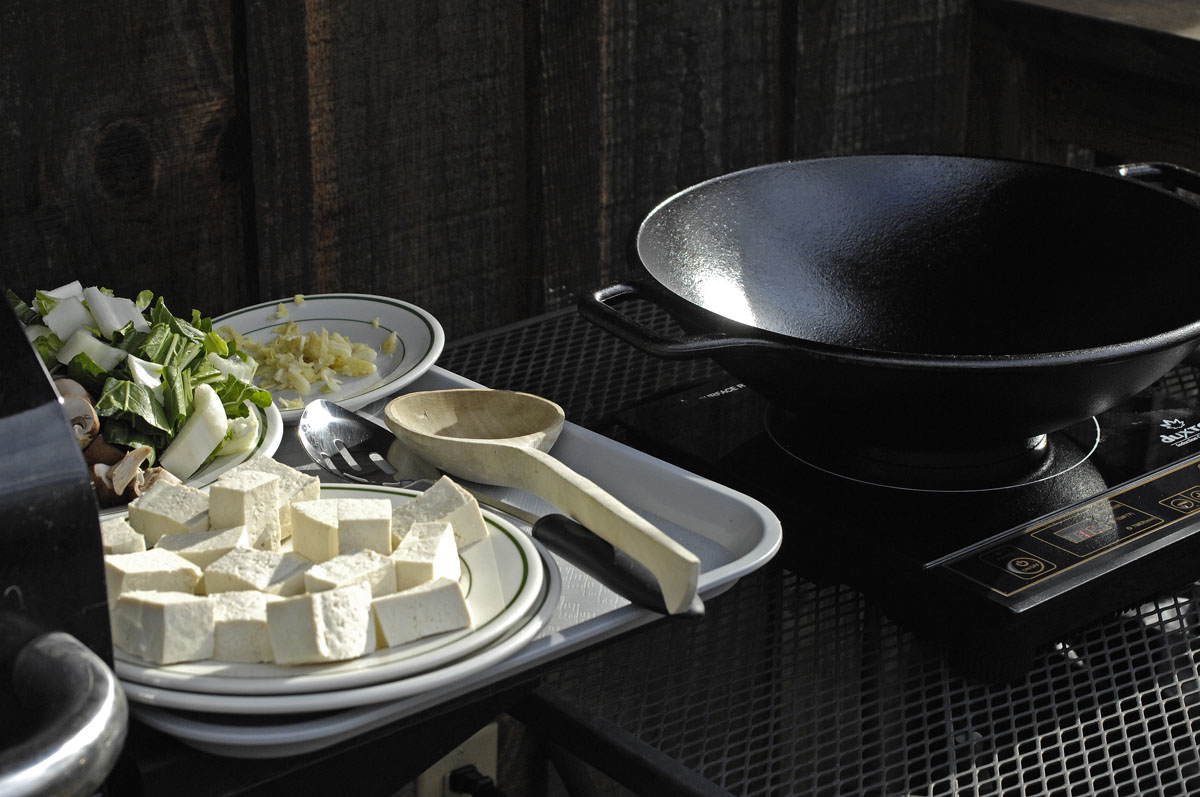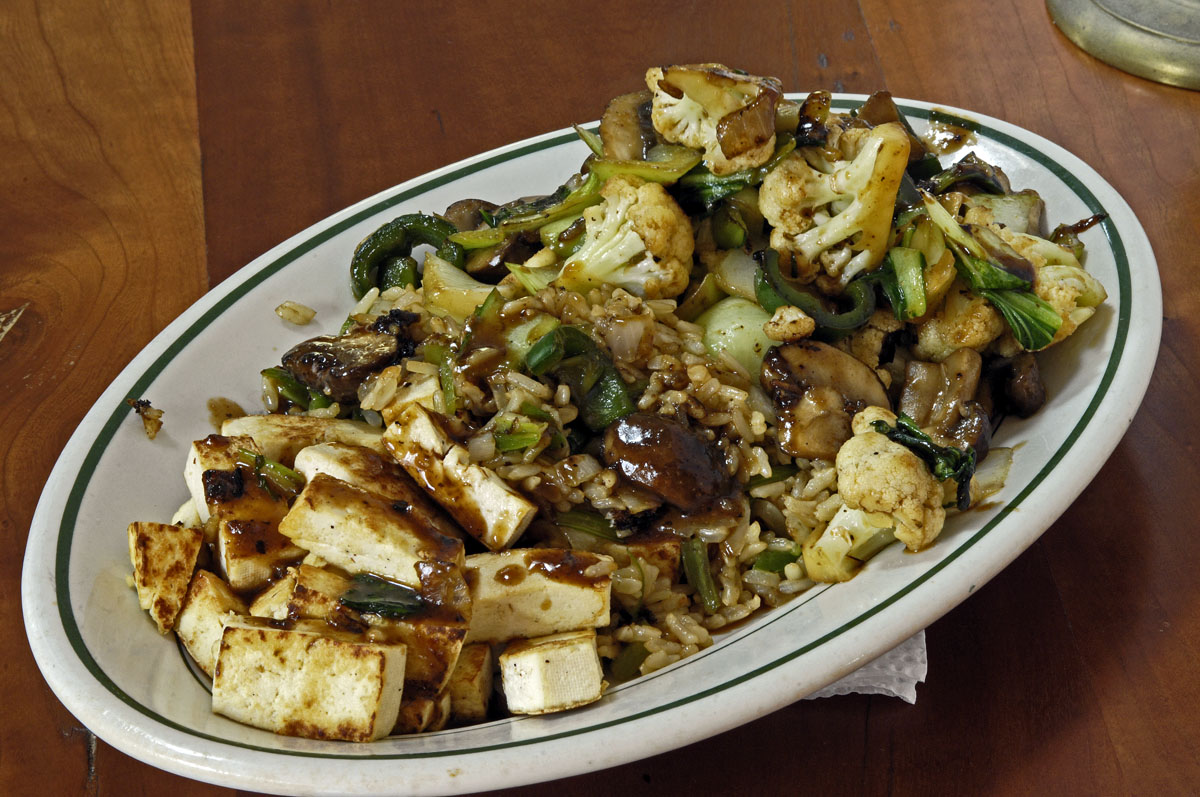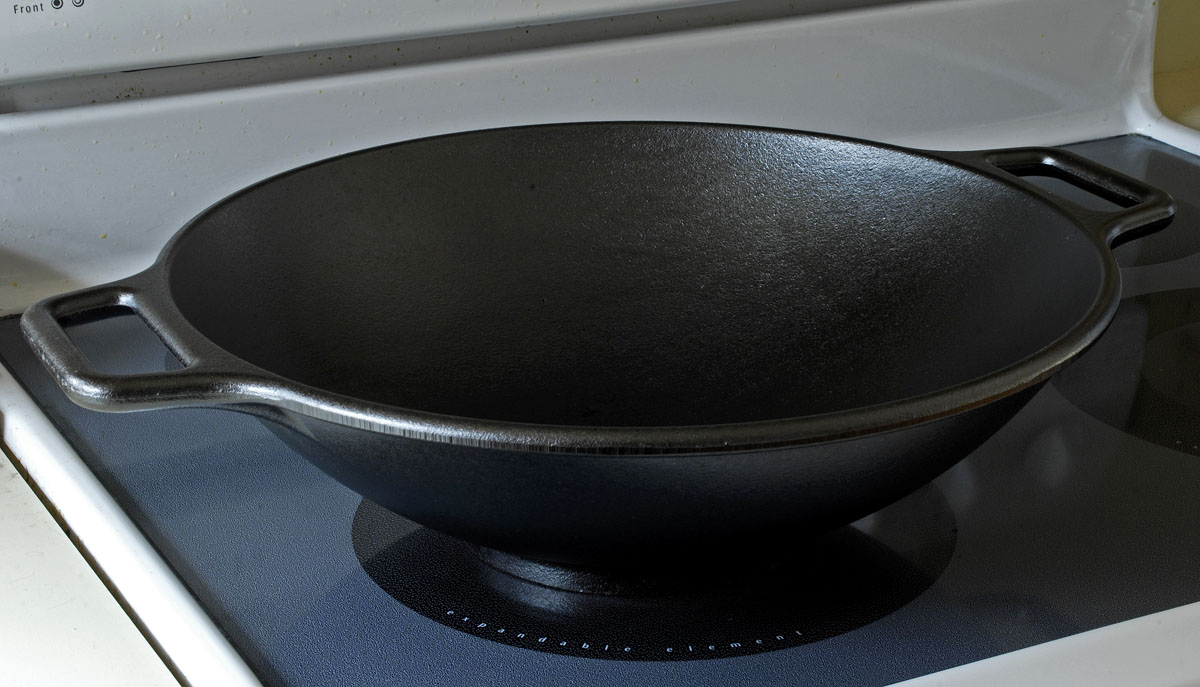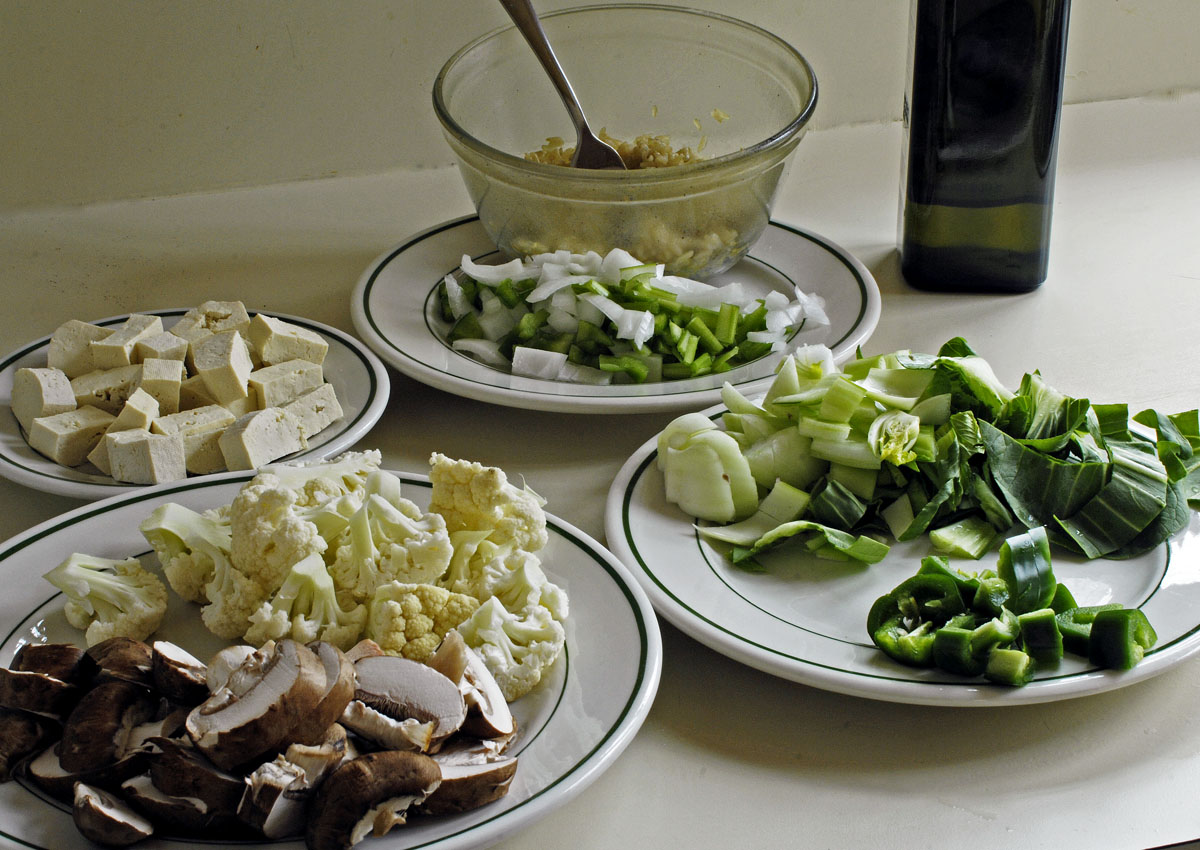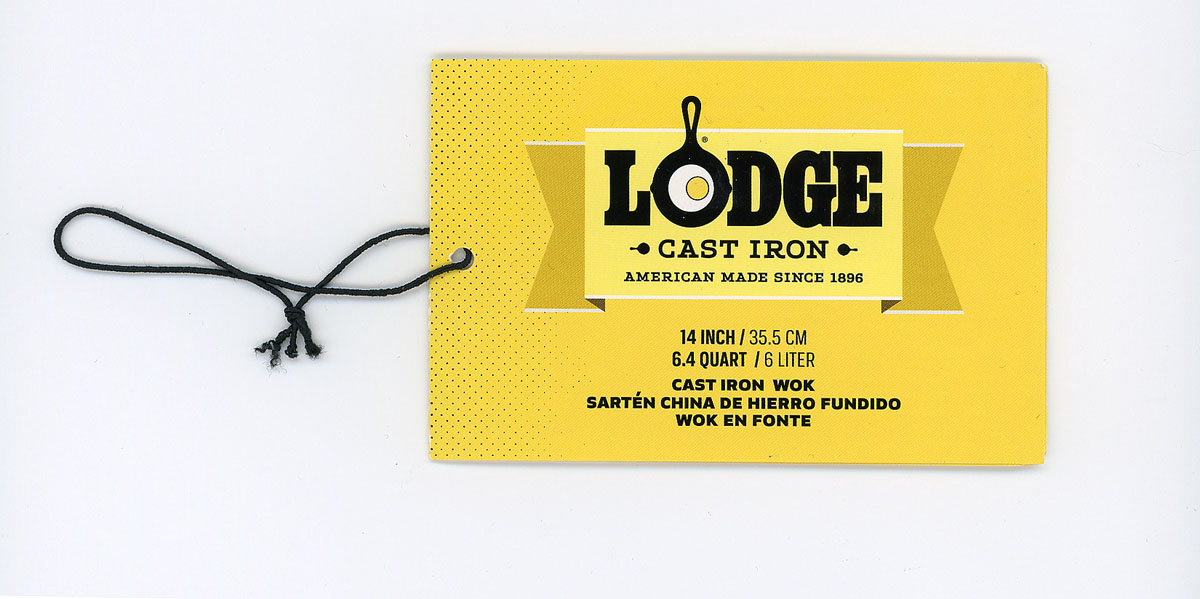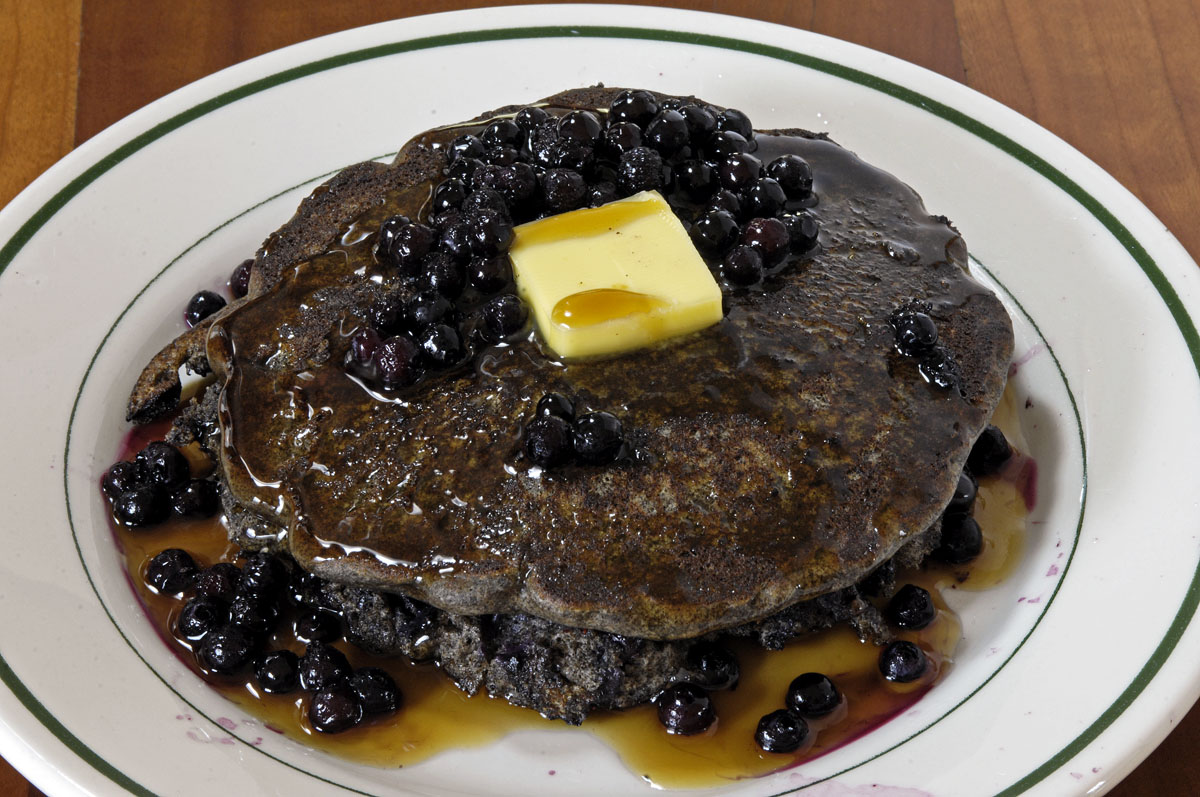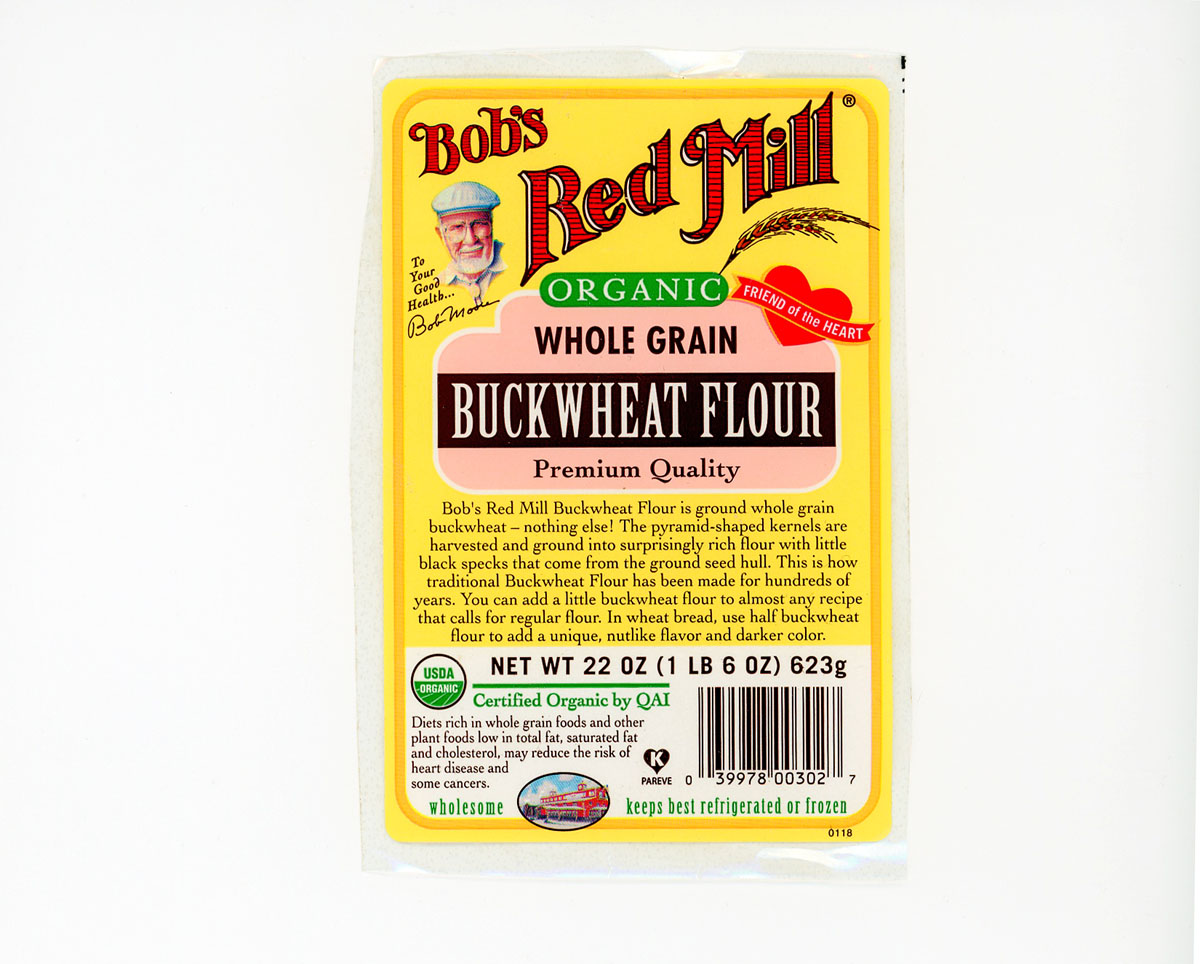About a month ago, when the Green New Deal was at the top of everyone’s news feeds, right-wingers market-tested a new 2020 theme for scaring the deplorables: Liberals are coming to take away your hamburgers!
As reported by the Washington Post:
“They want to take your pickup truck. They want to rebuild your home. They want to take away your hamburgers,” former White House aide Sebastian Gorka declared at the Conservative Political Action Conference on Thursday. “This is what Stalin dreamt about but never achieved.”
Just to show us how extremely unattractive they are and to supply Twitter with meme material (people Photoshopped pig snouts on them), Republican members of the House Natural Resources Committee appeared on the Capitol Steps, laughing it up and eating hamburgers. Are we surprised that Republican members of the House Natural Resources Committee have no interest in reducing agricultural pollution or greenhouse-gas emissions, or that they’re not interested in animal welfare? Republican policy is about as beautiful as Republican members of the House Natural Resources Committee.
Now Burger King is test-marketing the Impossible Whopper, which is made from soybean roots. If everything goes well in the St. Louis test market, soon we’ll all be able to try the Impossible Whopper.
I Googled this morning for right-wing blowback against Burger King for daring to throw in with the Stalinist dream. But so far I’m not detecting it. The Impossible Whopper is, after all, the product of a corporation that wants to meet the demand for a more responsible (and probably healthier) burger. Whether it’s the decline of coal and oil or the rise of electric cars and efficient lightbulbs, it’s funny how the market keeps trampling on the policies of the Republican Party.
As far as I can tell, Burger King is not a significant donor to any political party. As for the California start-up that developed the Impossible Burger, let’s all root for their success. As far as I can tell, they do not get any government subsidies. Bill Gates is one of their biggest investors. For now, the Impossible Whopper will cost $1 more than a beef Whopper. Eventually, meat analogs such as the Impossible Whopper ought to become cheaper than beef, once they can be made in quantity and government subsidies to agricultural are re-aligned. A big change in the beef market would be hard for a lot of American farmers, I’m sure. But if the Republican members of the House Natural Resources Committee had good sense, they’d be analyzing needed changes in policy and helping farmers prepare for the future, rather than out on the Capitol steps making fools of themselves.

Just another photo-op for the glamorous figures of Republican history. Twitter photo.


